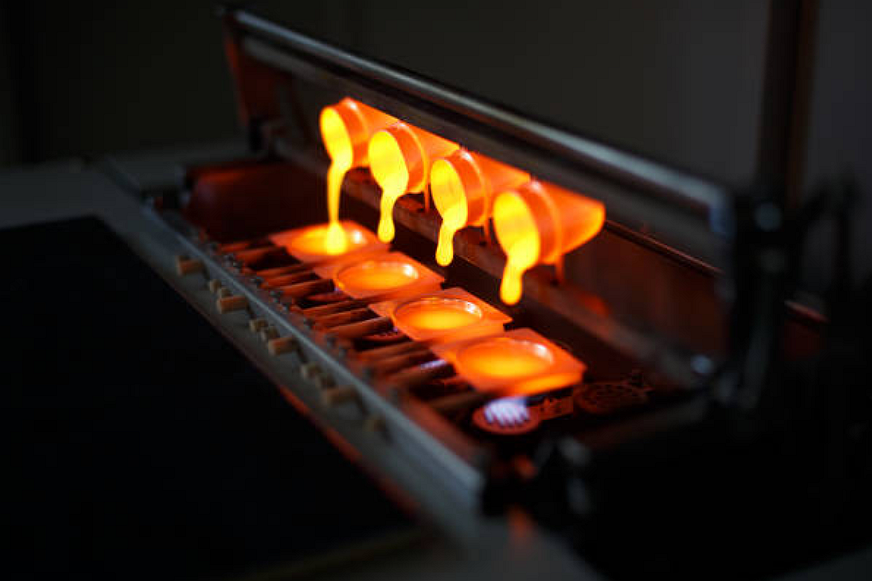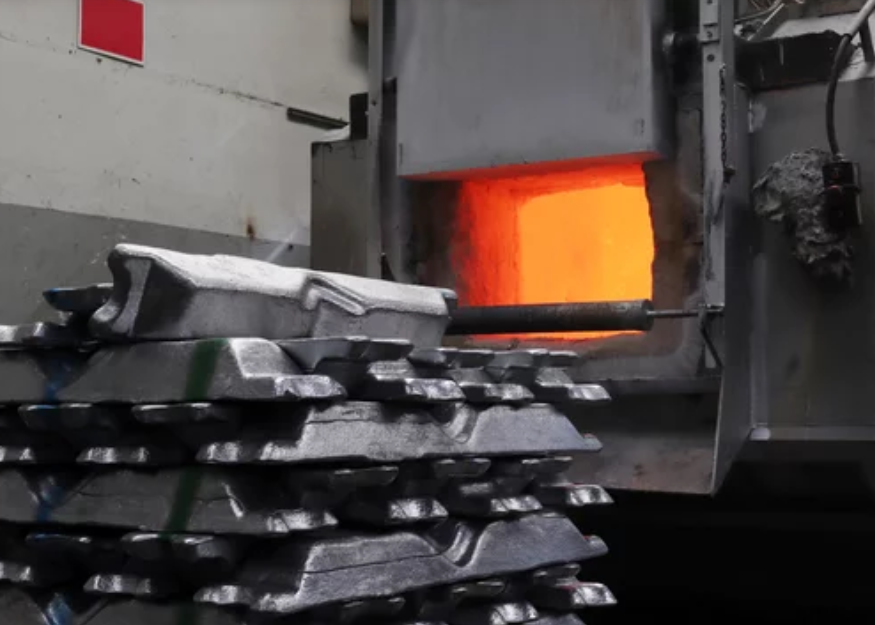How is accuracy and surface quality ensured for blade cooling channels?
Ensuring accuracy and surface quality inside blade cooling channels is critical for thermal efficiency, pressure control, and long-term performance in aerospace and energy turbine applications. Neway follows tightly controlled design, manufacturing, and post-processing routes—especially when producing blades via investment casting or 3D printing prototyping with internal cooling passages.
Precision Manufacturing of Cooling Channels
High dimensional accuracy begins with process selection. For complex geometries, additive manufacturing using Inconel 718, Rene 88DT, or other superalloy materials enables precise integration of lattices and serpentine channels under tight tolerances. When moving to serial production, investment casting combined with soluble or ceramic cores ensures near-net-shape formation of channel geometry. Controlled solidification and core-positioning fixtures prevent deformation or channel blockage.
To validate geometry early, prototypes are evaluated using CNC machining prototyping or 3D printing to identify local stress concentrations, pressure losses, or flow irregularities before tool investment.
Surface Finishing and Roughness Control
Roughness inside channels affects cooling performance. After casting or printing, Neway applies specialized post-processing to improve internal surface quality, including abrasive flow machining (AFM), chemical polishing, and micro-blasting. These processes remove support residues and smooth channel walls without altering geometry.
Where surface precision is critical, high-temperature alloys undergo electropolishing or thermal deburring to eliminate burrs and micro-protrusions that reduce flow efficiency. For enhanced coating adhesion—especially prior to TBC application—controlled sandblasting is used to prepare surfaces while maintaining channel tolerances.
Verification and Non-Destructive Testing
To ensure integrity and blockage-free channels, Neway employs non-destructive testing (NDT) techniques such as CT scanning, pressure-drop measurement, and airflow visualization. These validation steps identify dimensional deviations, trapped core residues, or casting defects before coating or assembly. Geometry inspection is performed against CAD data, and flow data are correlated with CFD simulations to confirm design performance.
Coating Integration for Long-Term Stability
After geometry validation, thermal protection is applied using thermal barrier coatings and thermal coatings. Surface preparation techniques and bond coat application are calibrated so cooling channels remain unobstructed while maximizing coating adhesion. Strict masking procedures ensure coating thickness does not interfere with air paths or exit holes.
Design Feedback Loop
Measured NDT data and flow-test results are used in a feedback loop to optimize channel geometry and casting parameters. If necessary, prototypes are revised using rapid molding prototyping or updated 3D printed prototypes to improve cooling distribution or reduce pressure drop before finalizing tooling.



